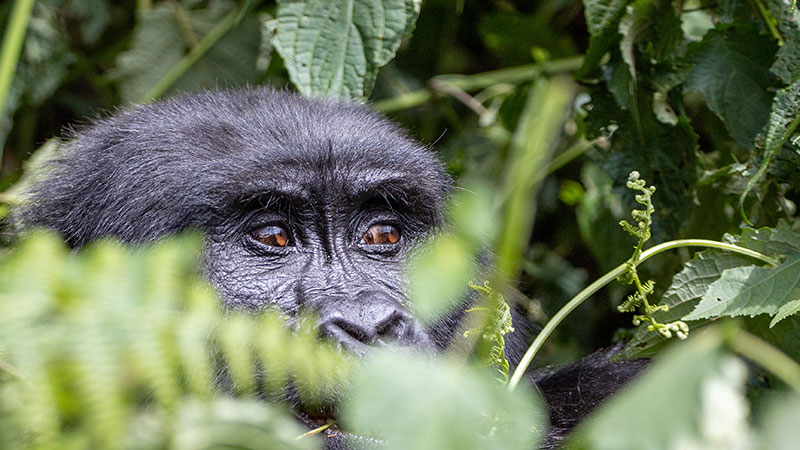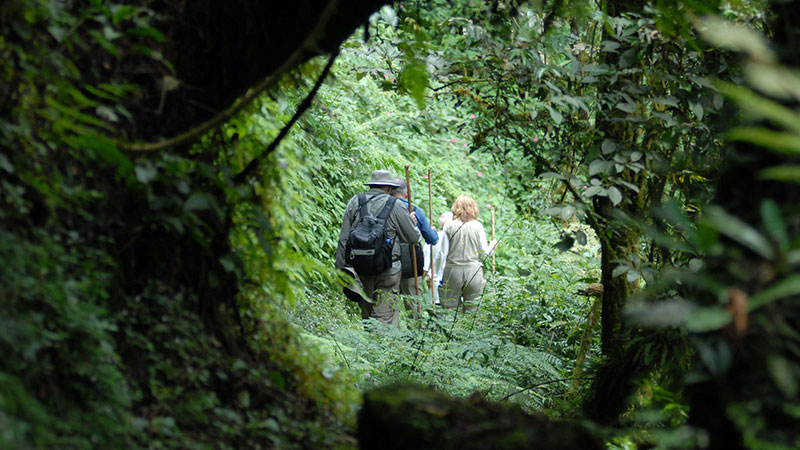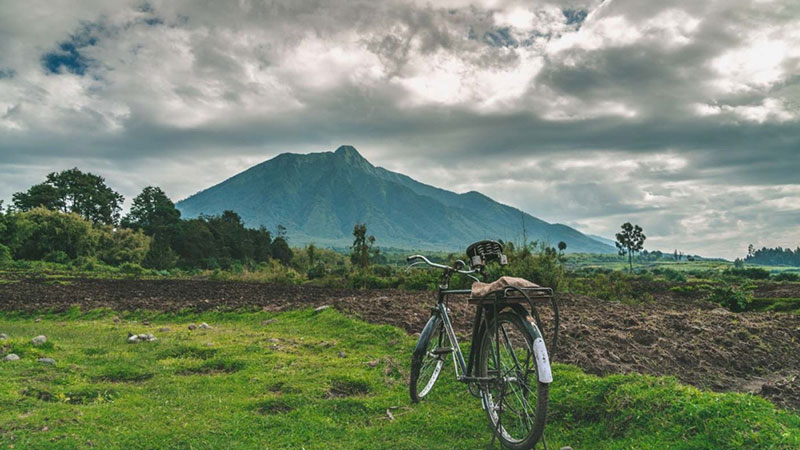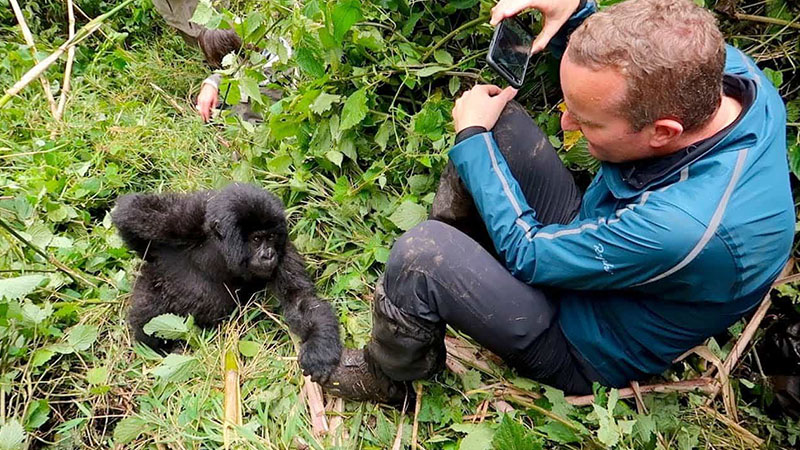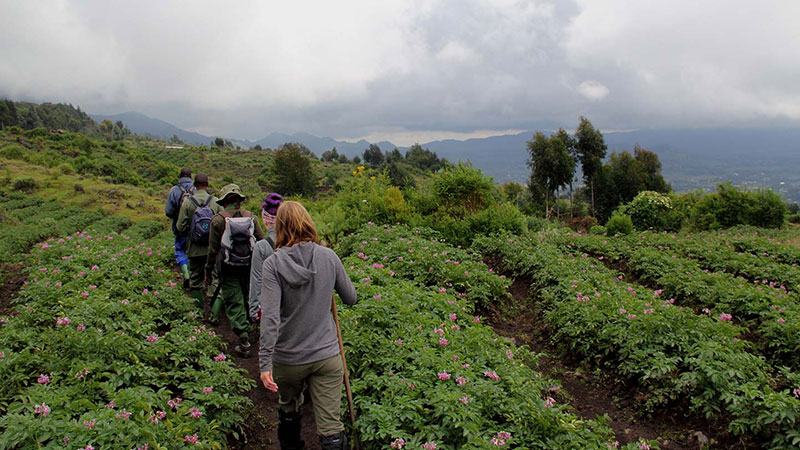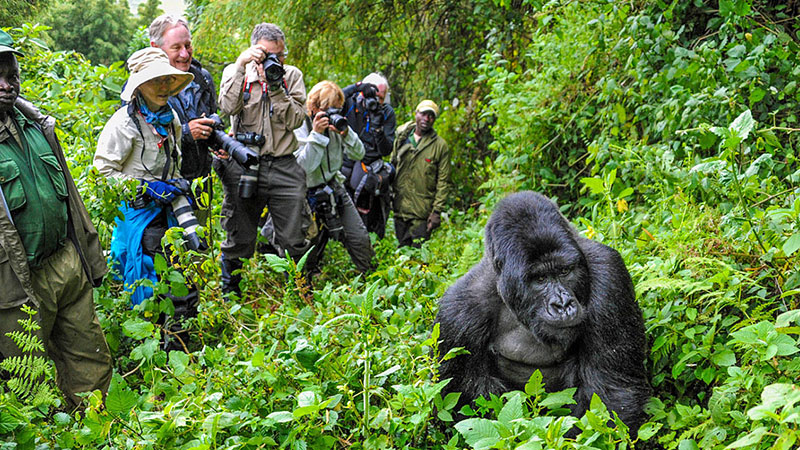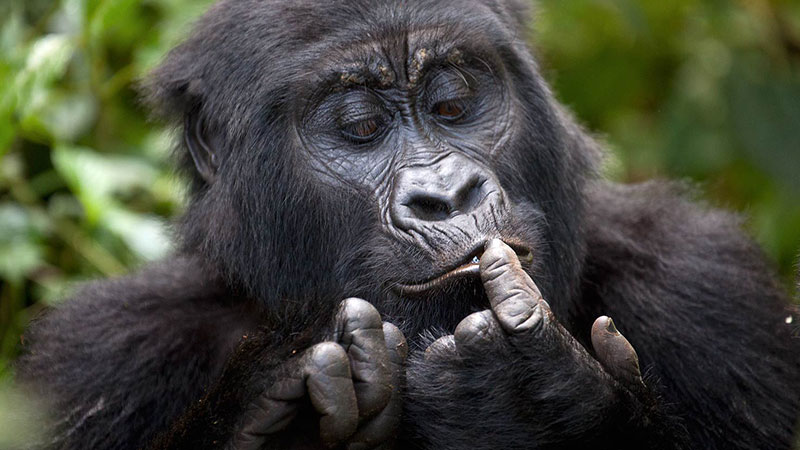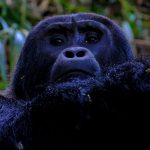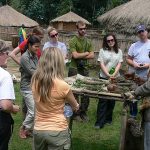Rwanda’s hiking destination experience is one of the most captivating experiences that Rwanda has to offer since it is a country known for its stunning landscapes, rich biodiversity, and vibrant culture. With its diverse range of mountains and trails, Rwanda provides an unforgettable hiking experience for tourists from around the world. The hiking experience boasts breathtaking beauty, with lush green valleys, cascading waterfalls, and panoramic views that will leave you in awe. Whether you are a seasoned hiker or a beginner looking for an exciting outdoor adventure, Rwanda has something for everyone. From the majestic peaks of the Virunga Mountains to the tranquil trails of the Nyungwe Forest, each hiking destination offers a unique and immersive experience.
The Rwanda hiking destination experience includes the Virunga Mountains, which are part of the Albertine Rift Valley. These magnificent volcanoes are home to endangered mountain gorillas, making them an ideal destination for nature and wildlife enthusiasts. Hiking through the dense forests and steep slopes of the Virunga Mountains offers an unparalleled opportunity to encounter these gentle giants in their natural habitat. The experience of standing face-to-face with a mountain gorilla is both humbling and awe-inspiring, leaving a lasting impression on every visitor.
Rwanda’s hiking destination experience is encountered at Nyungwe Forest National Park. With its ancient rainforests, Nyungwe offers a unique hiking experience amidst a diverse ecosystem. The park is famous for its extensive network of hiking trails that lead visitors through enchanting bamboo forests, pristine waterfalls, and picturesque tea plantations. As visitors hike through the lush greenery, they will encounter a wide variety of wildlife, including chimpanzees, colobus monkeys, and numerous bird species. The tranquility and serenity of Nyungwe make it a perfect retreat for those seeking a peaceful and rejuvenating hiking adventure.
Mount Karisimbi offers one of the best Rwanda hiking destinations. Mount Karisimbi is the highest peak in Rwanda, and hiking Mount Karisimbi is a challenging but rewarding experience. The trek takes multiple days and involves camping overnight. Along the way, you’ll pass through different vegetation zones and encounter various wildlife species, including golden monkeys and duikers. The summit offers breathtaking panoramic views of Rwanda and the surrounding volcanoes.
Rwanda’s hiking destination experience also provides opportunities for cultural immersion and interaction with local communities. Along the hiking trails, you will come across traditional villages where you can learn about the local customs, traditions, and ways of life. Engaging with the friendly locals and experiencing their warm hospitality adds a unique dimension to the hiking experience.
Rwanda’s hiking destination experience ensures safety as a top priority. With experienced guides and rangers accompanying hikers to ensure a secure and enjoyable adventure. The government and local authorities have taken significant measures to protect the natural habitats and wildlife, creating a sustainable environment for both visitors and local communities.
In conclusion, the Rwanda hiking destination experience is a captivating and memorable adventure that combines natural beauty, wildlife encounters, cultural immersion, and outdoor exploration. Plan your visit to Rwanda’s hiking destinations and get ready to embark on a journey that will leave you with lifelong memories and a deep appreciation for the wonders of nature.
